13+ Sample Meeting Action Plan
-
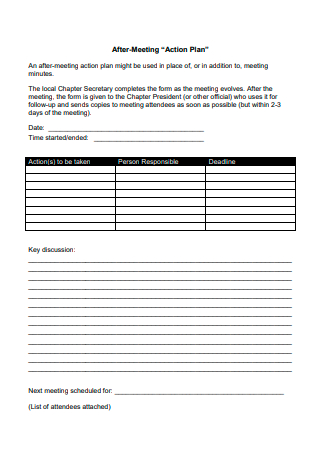
After Meeting Action Plan
download now -
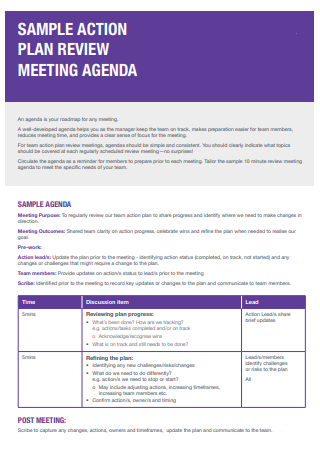
Meeting Agenda Action Plan
download now -
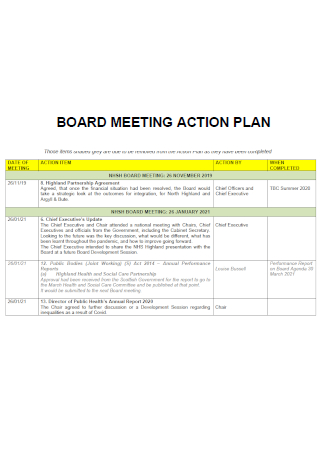
Board Meeting Action Plan Template
download now -
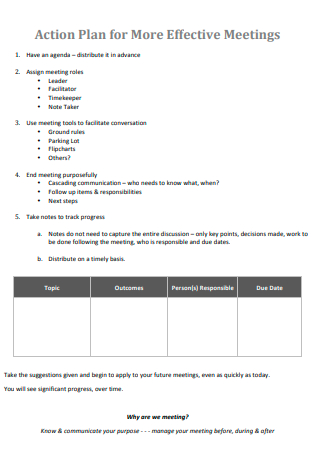
Effective Meeting Action Plan
download now -
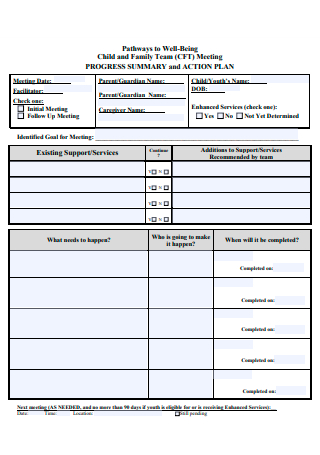
Meeting Progress and Action Plan
download now -
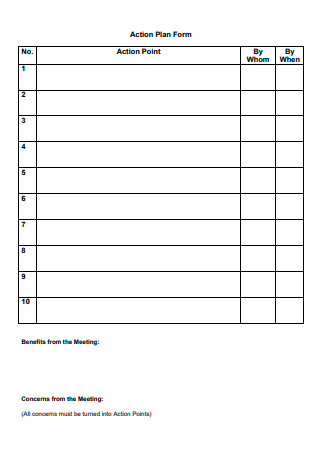
Meeting Action Plan Form
download now -
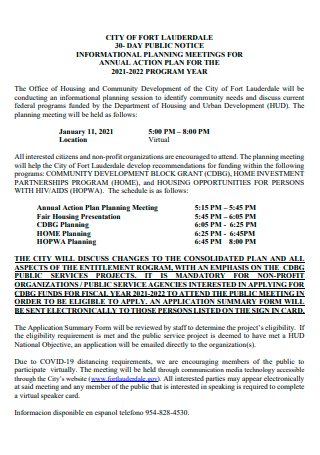
Annual Meeting Action Plan
download now -
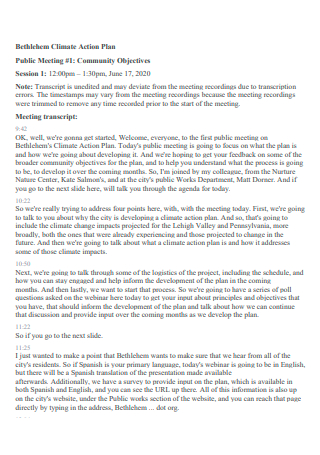
Public Meeting Climate Action Plan
download now -
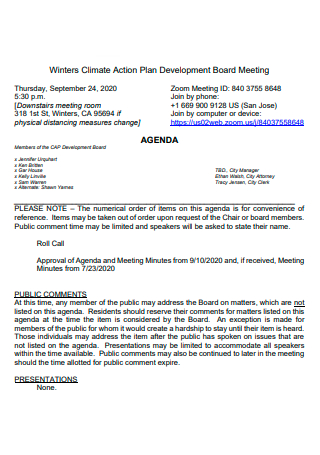
Board Meeting Climate Action Plan
download now -

Annual Meeting Emergency Action Plan
download now -
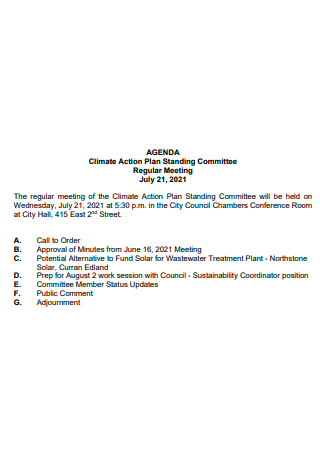
Regular Meeting Climate Action Plan
download now -
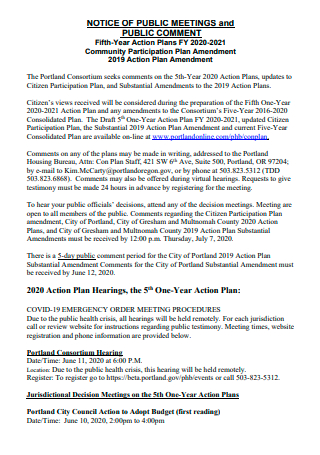
Public Meeting Fifth Year Action Plan
download now -
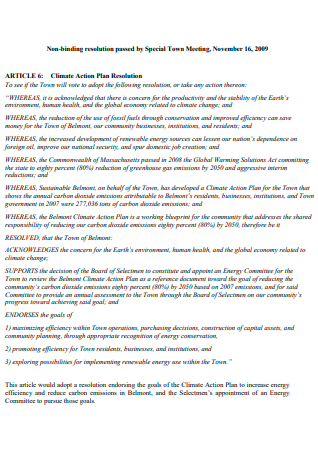
Meeting Climate Action Plan Resolution
download now -
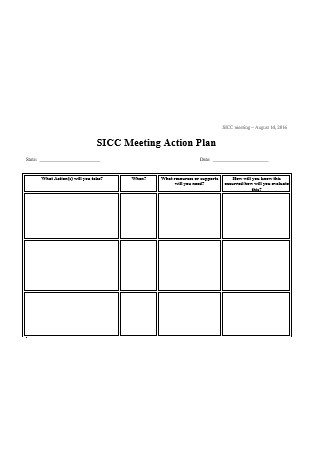
Meeting Action Plan in DOC
download now
FREE Meeting Action Plan s to Download
13+ Sample Meeting Action Plan
What Is a Meeting Action Plan?
What Should Be On a Meeting Action Plan?
How to Write a Meeting Action Plan
Different Components of a Meeting Action Plan
FAQs
What is the difference between a meeting action plan and a minutes meeting?
How to check for a comprehensive meeting action plan?
What are the different types of action plans?
What Is a Meeting Action Plan?
An Action Plan is a basic outline of all the activities that must be completed in order to achieve a goal. They are distinct from To-Do Lists in that they are focused on achieving a particular objective. Meeting action plans are beneficial because they provide a framework for considering how to finish a project efficiently. They assist you in completing things in a logical order and ensuring that you do not overlook any important details within a meeting. You may also rapidly select which task is necessary to outsource or mention first, as well as which task you will be able to put for last because you can visualize which is more important than the rest.
What Should Be On a Meeting Action Plan?
Even though meetings have a more or less similar structure, the topic you include in your committee meeting Agenda is determined by the meeting’s aim. There are available meeting action plan samples prepared for you to use as a reference and a guide in writing your own. You would not have to worry over the hassle of starting from scratch as the templates are varied and you are free to choose whichever suits your preference. But regardless of whether your meeting is a brainstorming session or a quarterly review, most agendas contain the following items:
How to Write a Meeting Action Plan
You may think writing a meeting agenda appears to be a simple and easy process, but that is not always the case. If an Office Action Plan is thrown together in a hurry and rushed the night before a meeting, could end up becoming too imprecise or unstructured which could defeat the purpose and be of no use. A meeting preparation action plan needs to be thoroughly crafted so that it will serve its purpose in the team meeting as well as be useful in delivering topics that should be discussed. Here are some pointers on how to put together a productive agenda for your next meeting:
Step 1: Make the meeting’s goals apparent
Give a high-level summary of the meeting’s topics without getting into particular agenda items. The more clarity you can provide about the meeting’s objectives, the more likely you are to reach them sooner. You can ask yourself or physically list out questions that can help you bring closer to identifying the meeting’s primary goal. It is important to note what are the meeting’s goals in order to have a justifiable discussion and endpoint.
Step 2: Clarify the agenda items
Avoid ambiguous agenda items by stating the discussion’s aim right away, don’t do segways or exaggerations as that will not be appreciated and is a waste of time in the eyes of the higher-ups, supervisors, or attending members of the company. If you want to discuss a suggestion with your team for the following quarter’s sales objectives, for example, describe what you want to learn. Including supporting questions or assignments is an excellent approach to do this.
Step 3: Expectations and obligations should be made clear
Do you want your meeting attendees to make any preparations ahead of time? Who is in charge of which subject? If you want someone on your team to provide context for a topic or explain some statistics, let them know ahead of time and give them time to prepare instead of putting them on the spot during the meeting. Informing them ahead of time will not only help make a better transition or smooth process of discussion during the meeting but also prevent anyone from being surprised at the flow of the meeting or their mandatory presence to speak up.
Step 4: Calculate for a reasonable amount of time
One of the most typical blunders is overcrowding your meeting agenda and underestimating the amount of time it will take to go over everything. If you want the conversations to be important and not hurried, try to be realistic. Consider how long it will take to explain the issue, respond to inquiries, assess potential solutions, and agree on the next steps. And if you have team members who need to do their fair share of discussing certain points, then you should allocate ample time for them to duly report on their assigned topic as well or inform them of the preferred time you have scheduled for them. No one wants a rushed meeting nor one that is lengthy and goes overtime.
Step 5: Accept feedback
If you want your staff to be interested throughout the meeting, ask for comments and include their topic recommendations in the agenda. Many document collaboration solutions make it simple to share comments with your coworkers. Make sure that the topic and relevant subjects have been covered and all attendees are related to it. As well as no topic was left undiscussed and no concern left. You can send out the Feedback Form for your team members to fill out of how the meeting went and take note and ponder if applying their suggestions will improve the next meeting.
Different Components of a Meeting Action Plan
A meeting action plan is not the place to cut corners. As tempting as it is to do a fully digital transition of important office documents, the creation and distribution of a hard copy at meetings are so important that you may find it necessary to produce additional copies to give when meeting in person and re-send a copy of only the agenda when meeting online. Consider an agenda to be similar to a road map you would use to plan a journey; the components are the same, and you will need to know the following details. Stutzman of Tough Nickel elaborates on five effective components for an agenda.
These 5 important aspects for designing a successful roadmap can help take you to your end destination: a meeting where everyone feels respected, heard, and engaged, whether you are facilitating meetings or participating in them. This may be accomplished by first creating the agenda, then disseminating it, and then following the steps outlined; the results will be immediate, and you will immediately see an increase in attendance and engagement. If you find yourself in the middle of an unnecessary gathering, break it up and immediately create an agenda to avoid it from devolving into a gossip fest, unless it’s a brainstorming session, which is another thing entirely.
FAQs
What is the difference between a meeting action plan and a minutes meeting?
The agenda is a thorough description of the meeting’s order of the Event; it is a statement that contains the topics that must be covered and serves useful to those in the higher position and other members since they will be informed of the topics to be covered ahead of the meeting, whereas the minutes are the meeting’s record of everything that was discussed and acts as a piece of important evidence and proof of the discussion that took place within the meeting.
How to check for a comprehensive meeting action plan?
You can use SCHEMES to double-check your action plan, which stands for space, cash, helpers, equipment, materials, expertise, and systems. You may not need to consider all of these in order to finish your project. For example, if you are working on a modest internal project to simplify the structure of your team’s reports, you might only need to think about only a few of them and not all.
What are the different types of action plans?
- Coaching Action Plan
- Emergency Action Plan
- Financial Action Plan
- Event Action Plan
Regardless if you are the facilitator or just the one who is tasked with writing a meeting action plan, ensuring a smooth meeting will be appreciated by not just the bosses of the workplace but also fellow employees for not wasting both of their time. Of course, it may not be possible to avoid errors, mistakes, or hiccups in a meeting, but writing a meeting action plan can at least help lessen it or even help you or the facilitator to address it with ease. This is why our examples of meeting action plans will be useful to you as you prepare for that meeting.
